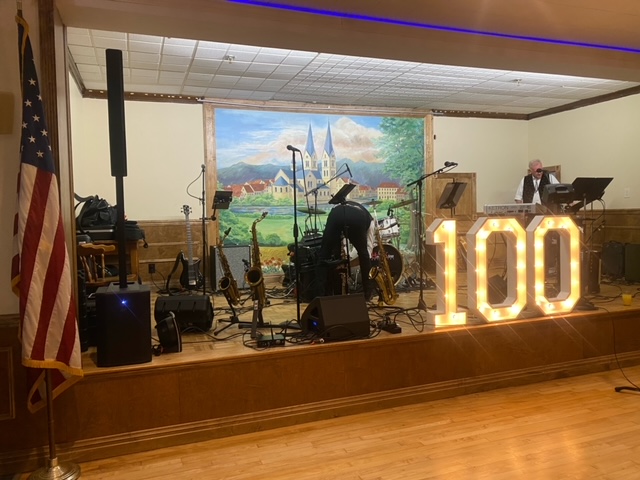By Terese Loeb Kreuzer
Hydraulic fracturing is a hotly debated technique for extracting natural gas from shale deposits a mile or more beneath the Earth’s surface. And it may be coming to New York State, according to the state’s Department of Environmental Conservation.
On June 30, D.E.C. released a summary of a 900-page report, which will be issued in its entirety on July 8. Reversing a 2009 report, the new guidelines would prohibit high-volume hyrdofracturing, also known as “hydrofracking,” in the New York City and Syracuse watersheds, and within all primary aquifers and on state-owned land, but would allow it elsewhere in the state with what the summary calls “rigorous and effective protections.”
The hydrofracking process involves injecting a soup of chemicals and water into shale deposits and then literally cracking the rock at intervals to release the gas. It can take up to 7 million gallons of water to “frack” a single well. Thousands of wells are proposed to tap New York State’s gas-rich Marcellus Shale, which runs from New York to Tennessee and west to Ohio — the biggest natural gas formation in the country. Beneath the Marcellus Shale is another natural gas deposit, the Utica Shale, which is denser and thicker than the Marcellus Shale, and which would also be tapped, requiring even more chemicals and water.
In 1949, Halliburton became the first company to use hydrofracking for commercial purposes. Since then, the practice has spread, with few federal regulations governing the industry.
“I don’t believe that the science of fracking is safe,” said Borough President Scott Stringer, who spearheaded a coalition of elected officials, environmental advocates and concerned citizens in a 2009 campaign against New York State hydrofracking called “Kill the Drill.”
“When I did my report that catalogued all the explosions and damage where this drilling has occurred, in 13 states, it has shown a pattern of real devastation to our waterways, to people’s homes and the like. I don’t think we should allow for drilling until we know for sure that it’s a safe protocol,” Stringer said in response to the news that Governor Cuomo’s administration was contemplating a partial lifting of the state’s hydrofracking moratorium.
“I think the governor’s move to ban drilling in our watershed is a good first step,” Stringer added, “and I want to work closely with him on this issue. The good news is that he has proven that he knows how to listen, he understands how to bring people together to have meaningful conversation, and I look forward to engaging in a positive dialogue with Andrew Cuomo.”
D.E.C. plans a 60-day comment period on the hydrofracking proposal, beginning in August. Stringer believes that the comment period should be longer and should include a public hearing in New York City.
“I don’t think it’s enough to send e-mails and letters,” Stringer said. “I think we need to have a direct conversation with the state D.E.C. Extending the comment period and having a public hearing. These are very important issues because there’s so much at stake as it relates to frack drilling — for the environment, for our water supply — that we have to be very careful that we get this right.”
Other New York City politicians expressed cautious optimism at the preliminary news of D.E.C.’s recommendations. A spokesperson for Congressmember Jerrold Nadler said Nadler “welcomed the new regulations and was encouraged and will review them and get back with official comment later.”
Mayor Bloomberg said he was pleased that the plan would protect New York City’s drinking water while creating revenue and jobs in Upstate New York.
In a statement, state Assembly Speaker Sheldon Silver said, “I am pleased that the D.E.C. will permanently ban hydraulic fracturing in sensitive watershed areas and the aquifers that feed them. The Assembly also will be vigilant as the D.E.C. moves forward and will work to ensure that no permits are issued anywhere in the state where there are any possible dangers identified by the federal E.P.A. study.”
Walter Hang, the owner of Toxics Targeting, an environmental database firm in Ithaca, N.Y., and an expert on hydrofracking, was not so politic.
“I think it’s an appalling development,” Hang said of the Cuomo administration proposal. “It is, in effect, an admittance that horizontal hydrofracking in tight shale is inherently unsafe no matter what safeguards D.E.C. might propose. That’s why the governor is saying, ‘Don’t allow it in the New York City watershed or the Syracuse watershed or on state lands.’ So, in effect, he’s creating an entire group of second-class citizens who are going to be exposed to this practice if he gets his way. That shouldn’t be allowed. There should be equal protection for all citizens.”
Hang raised a number of issues not addressed in D.E.C.’s summary, though they may well be addressed in the full report. Hydrofracking produces contaminated wastewater that must be carted away and treated, with a significant toll on roads and bridges and questions about the adequacy and safety of treatment plants. There are also indications that hydrofracking creates greater vulnerability to earthquakes, he said.
“It turns out that New York is the third most active state seismically east of the Mississippi and I doubt that [D.E.C.] dealt with that,” said Hang.
Hang also asked, “Where are you going to get the water to do the hydrofracking? You can see data from Pennsylvania where very robust streams are drained dry.”
As for the “rigorous and effective protections” that D.E.C. said would be put in place before hydrofracking could begin, Hang noted that, “Even if D.E.C. had the best regulatory controls ever adopted, they basically have very limited enforcement ability.” The environmental agency currently employs 15 people to cover all of New York State, according to Hang.


































